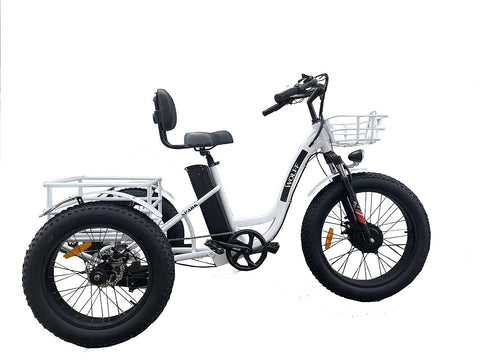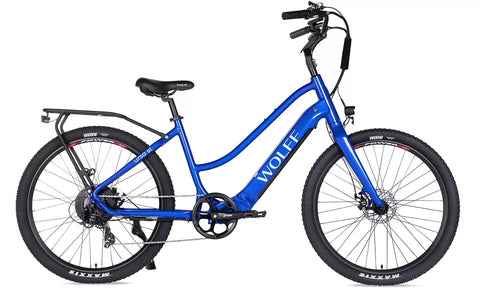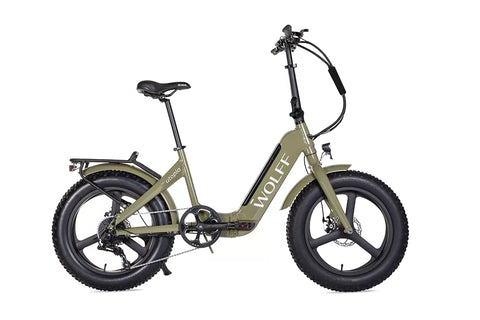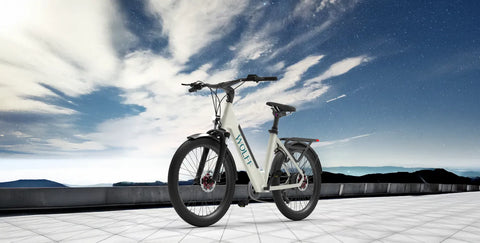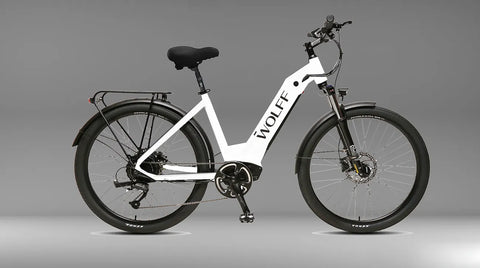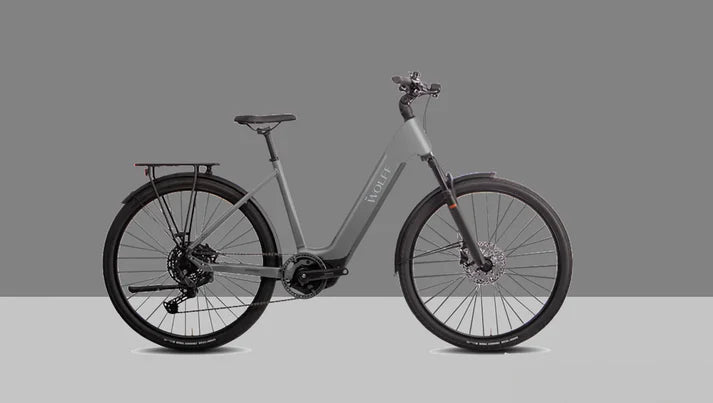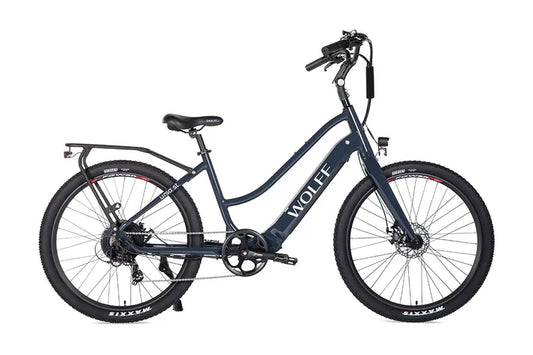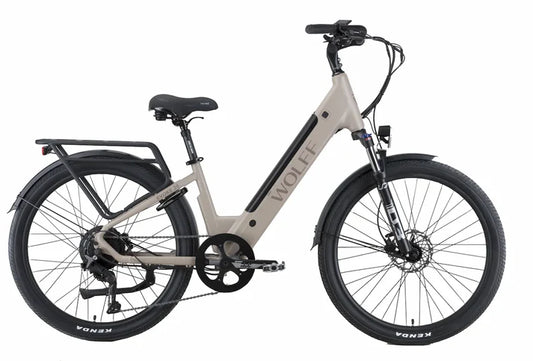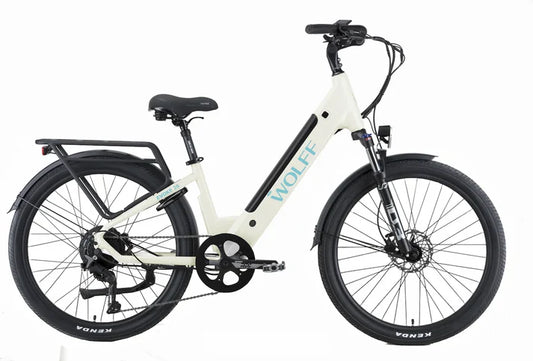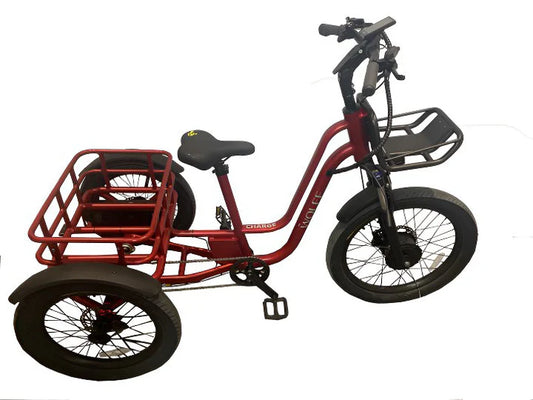Electric bikes have become increasingly popular in recent years, offering a convenient and eco-friendly mode of transportation. However, many riders may not be aware of the data that their electric bikes collect and who has control over it. Understanding what data is being collected and who can access it is crucial for protecting your privacy and ensuring the security of your personal information.
What Data Does Your Electric Bike Collect?
Electric bikes are equipped with various sensors and technologies that collect data during your rides. Some common types of data that electric bikes collect include:
- GPS location: Electric bikes often track your location through GPS technology. This data is used for purposes such as tracking your ride route, providing navigation assistance, and analyzing cycling patterns.
- Speed and distance: Electric bikes record your speed, distance traveled, and riding time. This data is useful for monitoring your performance, estimating battery usage, and tracking your fitness progress.
- Battery usage: Electric bikes monitor the power consumption of the battery. This data helps optimize the bike's efficiency, estimate remaining battery life, and prevent overcharging or discharging.
- App usage: Some electric bikes come with companion smartphone apps that collect additional data, such as ride history, settings adjustments, and social interactions. This data enhances the user experience and enables remote control of the bike.
Who Controls the Data from Your Electric Bike?
It's important to understand who controls the data collected by your electric bike and how it is being used. The control of the data can vary depending on the bike manufacturer, app developer, or third-party service providers. Here are some key points to consider:
- Manufacturer: The electric bike manufacturer typically has access to the data collected by the bike. They may use this data for product improvement, customer support, and marketing purposes.
- App developer: If your electric bike is connected to a smartphone app, the app developer may also have access to the data. Be sure to review the app's privacy policy to understand how your data is being handled.
- Third-party services: Some electric bikes may share data with third-party services, such as bike-sharing platforms, navigation providers, or insurance companies. Check the terms and conditions to see who has access to your data.
- User control: As the rider, you have some control over the data collected by your electric bike. You can adjust privacy settings, delete ride history, or choose not to share certain data with third parties.
By being aware of the data that your electric bike collects and who controls it, you can make informed decisions about your privacy and data security. Here are some tips to help protect your data:
- Review privacy policies: Take the time to read the privacy policies of the electric bike manufacturer and app developer to understand how your data is being used and shared.
- Secure your connections: If your electric bike connects to the internet or a smartphone app, make sure to secure your connections with strong passwords and encryption to prevent unauthorized access.
- Update software: Keep your electric bike's software and companion apps up to date to ensure they have the latest security patches and privacy features.
- Limit data sharing: Consider adjusting privacy settings on your electric bike and companion apps to control the data shared with third parties and minimize potential risks.

